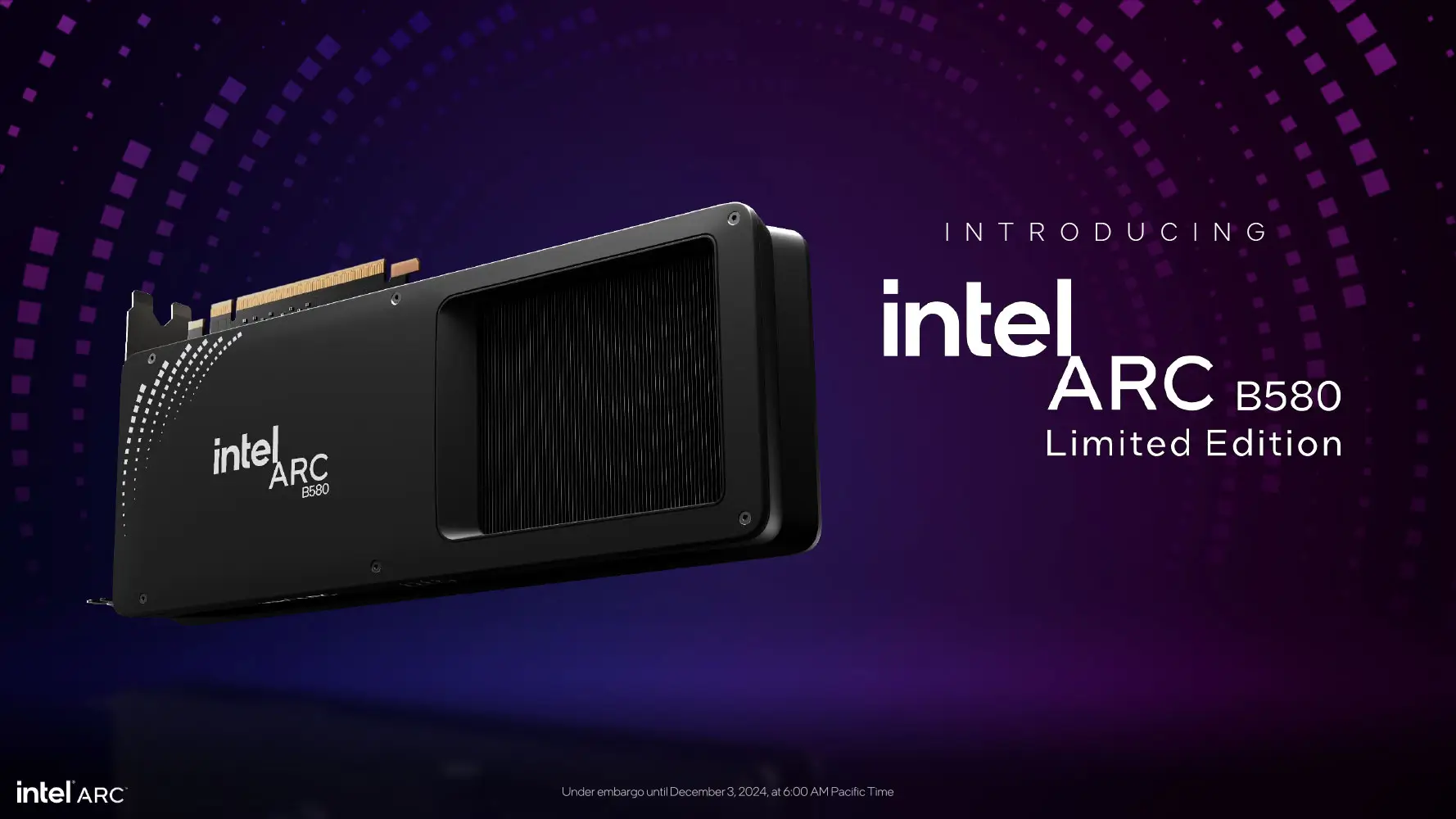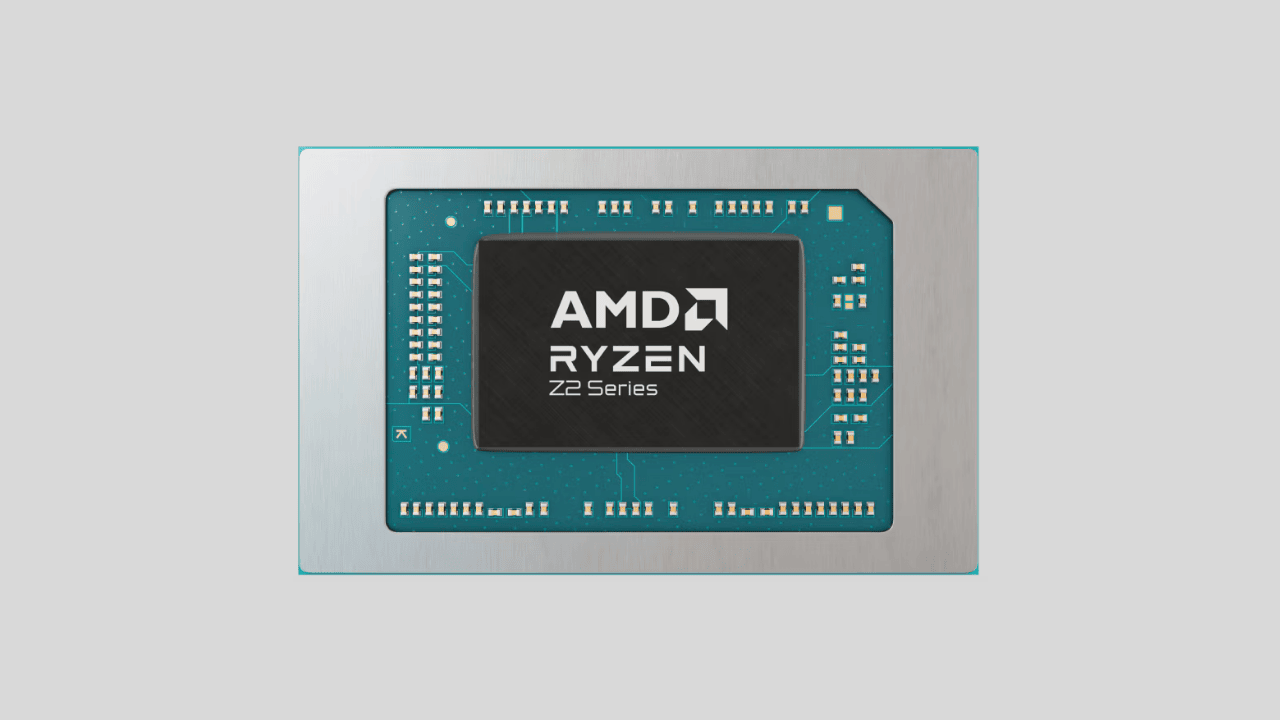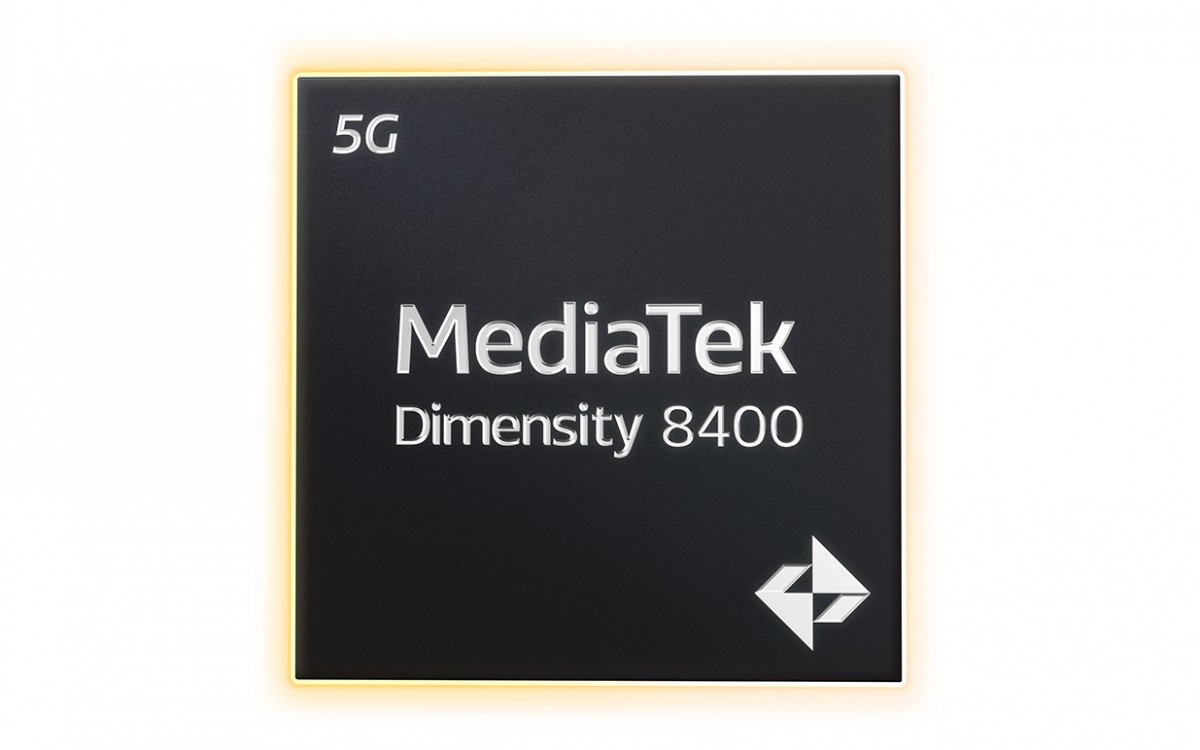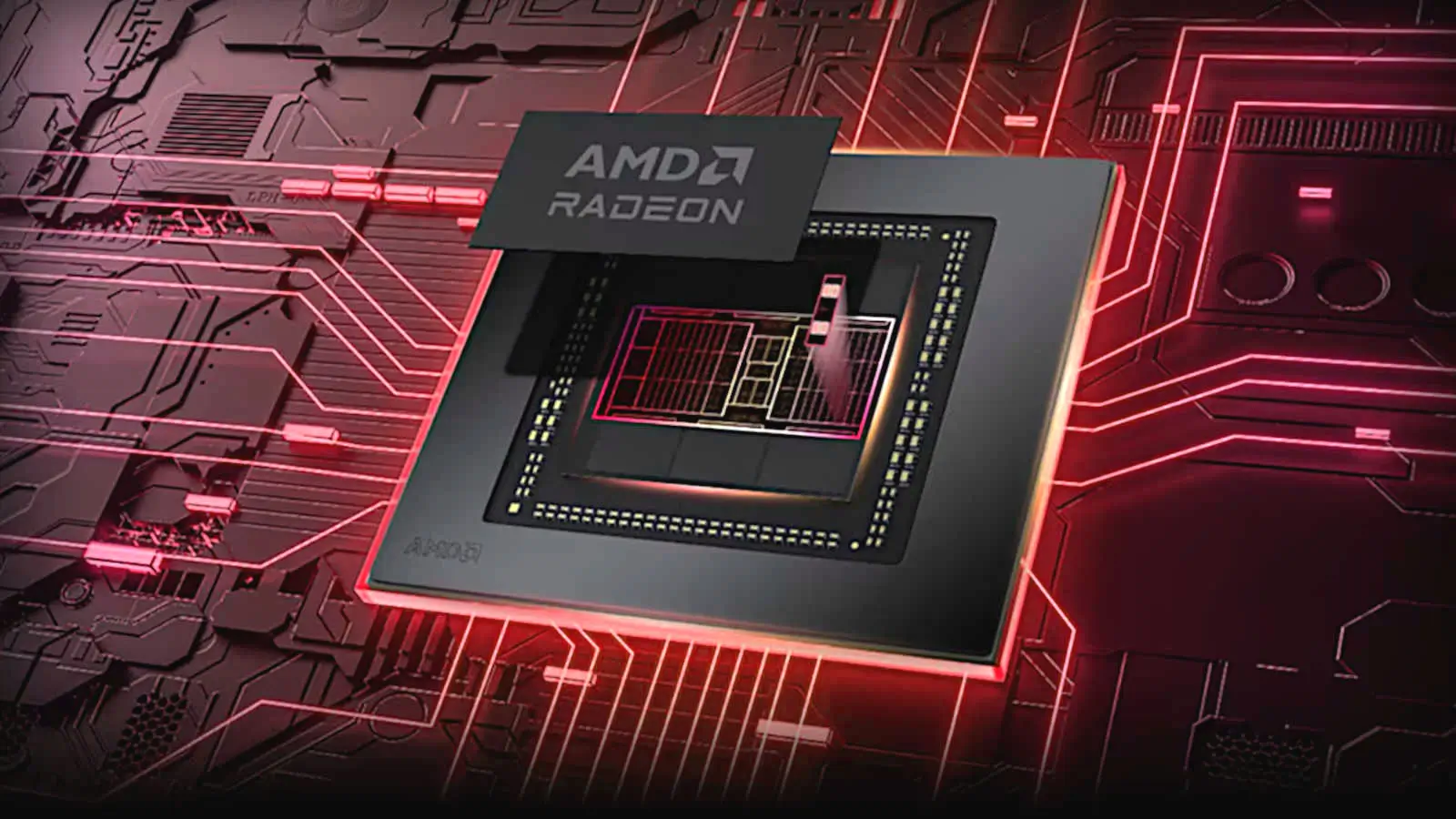Intel has officially launched its next-generation Arc B580 and B570 GPUs based on the Battlemage (Xe2) architecture. With aggressive pricing of $249 and $219 respectively, these graphics cards are designed to compete in the mid-range segment, targeting 1080p to 1440p gaming with advanced ray tracing and AI capabilities. Here’s an in-depth look at what these GPUs bring to the table.

Intel Arc B580 Specifications
The Intel Arc B580 is based on the BMG-21 chip and the Battlemage (Xe2) architecture featuring 20 Xe2 cores and 12GB VRAM.
Key Specifications
- GPU Architecture: Battlemage (Xe2)
- Compute Units: 20 Xe2 cores
- Memory: 12GB GDDR6
- Memory Interface: 192-bit
- Clock Speed: ~2670 MHz
- TDP: 190W
- Ray Tracing Units: 20 second-generation RT cores
- Connectivity: Three DisplayPort 2.1 (UHBR 10-13.5) and one HDMI 2.1 port
- Power Supply: Single 8-pin PCIe connector

The B580 offers a 10% performance boost over NVIDIA’s RTX 4060 in 1440p gaming, particularly excelling in ray tracing scenarios and AI workloads, leveraging 12GB VRAM to handle memory-intensive games better. This card’s design focuses on thermal efficiency, featuring a compact PCB with a dual-fan cooling system that maximizes airflow.
Intel claims that it has a competitive edge in ray tracing, where its second-generation RT cores reportedly outperform the RTX 4060 in titles like Cyberpunk 2077 with XeSS AI upscaling enabled. XeSS 2, Intel’s answer to NVIDIA DLSS and AMD FSR, now includes Frame Generation and Low Latency (XeLL) technologies, which improve gameplay fluidity while reducing input lag.

Intel Arc B570 Specifications
The Intel Arc B570 is also based on the BMG-21 chip and the Battlemage (Xe2) architecture but features 18 Xe2 cores and 10GB VRAM, for a lower price compared to its sibling, Arc B580.
Key Specifications
- GPU Architecture: Battlemage (Xe2)
- Compute Units: 18 Xe2 cores
- Memory: 10GB GDDR6
- Memory Interface: 160-bit
- Clock Speed: ~2500 MHz
- TDP: ~170W
- Ray Tracing Units: 18 second-generation RT cores
- Connectivity: Three DisplayPort 2.1 (UHBR 10-13.5) and one HDMI 2.1 port
- Power Supply: Single 8-pin PCIe connector
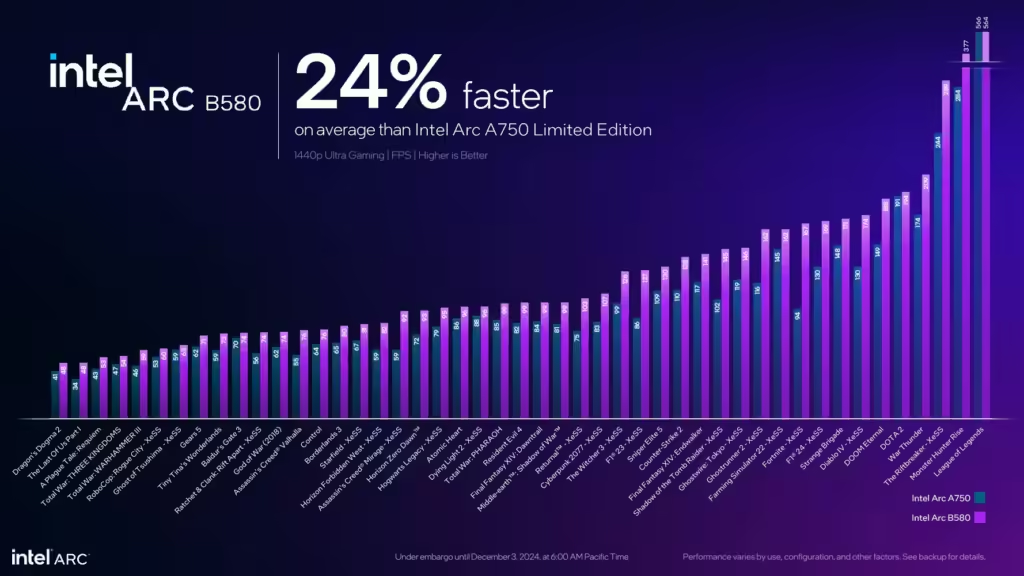
“Battlemage” Architecture Features and Performance Improvement
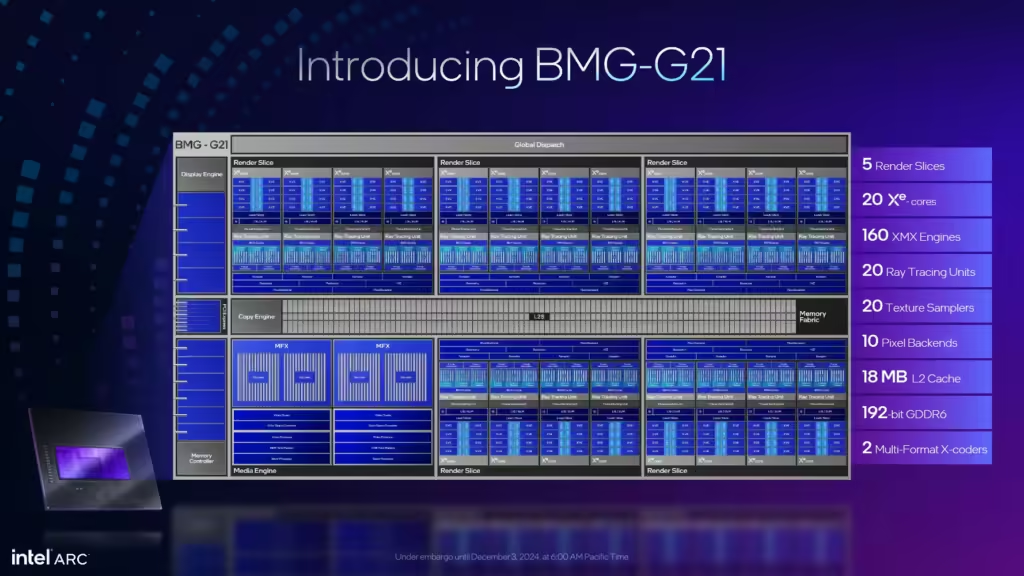
Intel’s new Arc B580 and B570 graphics cards are built on the BMG-G21 silicon, a cutting-edge design manufactured using TSMC’s 5nm EUV process. This GPU packs 19.6 billion transistors into a die area of 272mm², promising impressive efficiency and performance gains.
Leveraging the advancements in Intel’s Battlemage (Xe2) architecture, these GPUs prioritize optimized hardware utilization, efficient work distribution, and reduced CPU dependency for tasks.
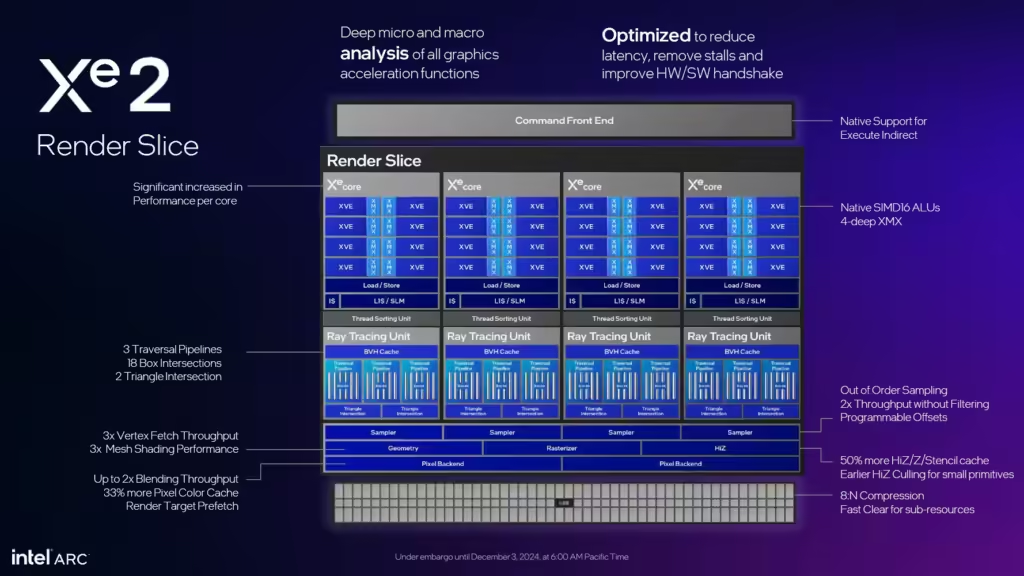
At the heart of the BMG-G21 are 20 Xe2 cores (18 in the B570), organized across five Render Slices. Each slice houses four Xe cores, which integrate 512-bit vector engines for advanced computations and 2048-bit XMX matrix engines for AI tasks like upscaling. Enhanced support for operations like SIMD16 and SIMD32, along with wide compatibility with data types such as INT2 and FP16, ensures versatility across gaming and AI workloads.
Intel’s second-generation Ray Tracing (RT) units bring substantial improvements, including three traversal pipelines, 18 box intersections, and a 16KB BVH cache per unit, boosting ray tracing throughput by up to 100%. Coupled with a 192-bit GDDR6 memory interface and 18MB L2 cache, these GPUs are tailored for 1080p and 1440p gaming.

The GPUs also debut XeSS 2, Intel’s enhanced AI-powered upscaling suite, which includes Super Resolution (SR), Frame Generation (FG), and Low Latency (XeLL) technologies. While SR boosts frame rates by up to 80%, FG nearly doubles them by creating interpolated frames. Meanwhile, XeLL minimizes input lag, enhancing the gaming experience.
Intel Battlemage Improvement Highlights
- Increased IPC: Xe2 cores are now optimized with 16-wide SIMD operations, enabling better compatibility with modern game engines.
- AI and RT Performance: XMX matrix engines and enhanced RT cores deliver up to 70% better performance per core and 50% improved power efficiency compared to the previous Alchemist generation.
- Memory Advantage: With 12GB (B580) and 10GB (B570) GDDR6, these GPUs offer greater memory bandwidth than competitors like the RTX 4060 (8GB), improving high-resolution gaming and ray tracing performance.
Intel Arc B570 and Arc B580 Pricing and Availability
The B580 and B570 target mid-range GPUs like NVIDIA’s RTX 4060 ($299) and AMD’s RX 7600 ($269). Intel’s pricing undercuts both while promising better performance in ray-traced and AI-accelerated tasks.
The Arc B580 will hit shelves on December 13, 2024, with multiple partners including Acer, ASRock, Gunnir, and Sparkle releasing custom models. The Arc B570 will follow in January 2024, with an exclusive focus on board-partner designs.
Future of Intel Discrete Arc GPUs
Recently, the CEO (sorry, ex-CEO) of Intel Pat Gelsinger suggested that Intel would discontinue dedicated GPUs. Now that Pat Gelsinger is no longer with Intel, it is not very clear if Intel will continue working on the next-generation Arc Celestial and Arc Druid.
However, a new rumor suggests that Intel does plan to continue with its desktop GPUs. According to the new rumor, Intel is committed to the next generation of GPUs even though Battlemage underperforms. It is important to note that Intel has actively canceled the plans to develop discrete GPUs for laptops.

